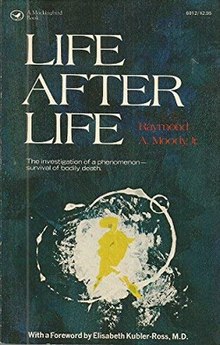
Clairvoyance is the claimed ability to acquire information that would be considered impossible to get through scientifically proven sensations, thus classified as extrasensory perception, or "sixth sense". Any person who is claimed to have such ability is said to be a clairvoyant.
Extrasensory perception (ESP), also known as a sixth sense, or cryptaesthesia, is a claimed paranormal ability pertaining to reception of information not gained through the recognized physical senses, but sensed with the mind. The term was adopted by Duke University botanist J. B. Rhine to denote psychic abilities such as intuition, telepathy, psychometry, clairvoyance, clairaudience, clairsentience, empathy and their trans-temporal operation as precognition or retrocognition.
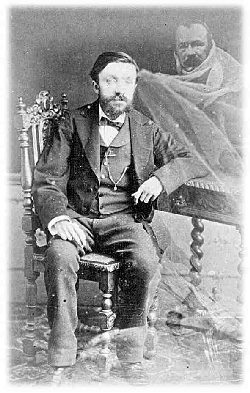
Parapsychology is the study of alleged psychic phenomena and other paranormal claims, for example, those related to near-death experiences, synchronicity, apparitional experiences, etc. Criticized as being a pseudoscience, the majority of mainstream scientists reject it. Parapsychology has also been criticized by mainstream critics for claims by many of its practitioners that their studies are plausible despite a lack of convincing evidence after more than a century of research for the existence of any psychic phenomena.

The Committee for Skeptical Inquiry (CSI), formerly known as the Committee for the Scientific Investigation of Claims of the Paranormal (CSICOP), is a program within the U.S. non-profit organization Center for Inquiry (CFI), which seeks to "promote scientific inquiry, critical investigation, and the use of reason in examining controversial and extraordinary claims." Paul Kurtz proposed the establishment of CSICOP in 1976 as an independent non-profit organization, to counter what he regarded as an uncritical acceptance of, and support for, paranormal claims by both the media and society in general. Its philosophical position is one of scientific skepticism. CSI's fellows have included notable scientists, Nobel laureates, philosophers, psychologists, educators, and authors. It is headquartered in Amherst, New York.
Paranormal events are purported phenomena described in popular culture, folk, and other non-scientific bodies of knowledge, whose existence within these contexts is described as being beyond the scope of normal scientific understanding. Notable paranormal beliefs include those that pertain to extrasensory perception, spiritualism and the pseudosciences of ghost hunting, cryptozoology, and ufology.

Paul Kurtz was an American scientific skeptic and secular humanist. He has been called "the father of secular humanism". He was Professor Emeritus of Philosophy at the State University of New York at Buffalo, having previously also taught at Vassar, Trinity, and Union colleges, and the New School for Social Research.
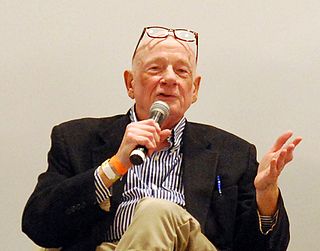
Raymond A. Moody Jr. is an American philosopher, psychiatrist, physician and author, most widely known for his books about afterlife and near-death experiences (NDE), a term that he coined in 1975 in his best-selling book Life After Life. His research explores personal accounts of subjective phenomena encountered in near-death experiences, particularly those of people who have apparently died but been resuscitated. He has widely published his views on what he terms near-death-experience psychology.

Joseph Banks Rhine, usually known as J. B. Rhine, was an American botanist who founded parapsychology as a branch of psychology, founding the parapsychology lab at Duke University, the Journal of Parapsychology, the Foundation for Research on the Nature of Man, and the Parapsychological Association. Rhine wrote the books Extrasensory Perception and Parapsychology: Frontier Science of the Mind.
Charles Henry Honorton was an American parapsychologist and was one of the leaders of a collegial group of researchers who were determined to apply established scientific research methods to the examination of what they called "anomalous information transfer" and other phenomena associated with the "mind/body problem"—the idea that mind might, at least in some respects, have a physical existence independent of the body.
Dream telepathy is the purported ability to communicate telepathically with another person while one is dreaming. Mainstream scientific consensus rejects dream telepathy as a real phenomenon. Parapsychological experiments into dream telepathy have not produced replicable results. The first person in modern times to claim to document telepathic dreaming was Sigmund Freud. In the 1940s, it was the subject of the Eisenbud-Pederson-Krag-Fodor-Ellis controversy, named after the preeminent psychoanalysts of the time who were involved: Jule Eisenbud, Geraldine Pederson-Krag, Nandor Fodor, and Albert Ellis.
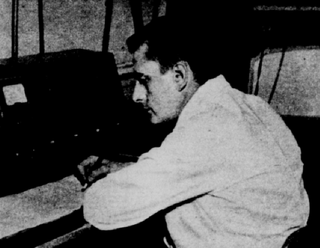
Stanley Krippner is an American psychologist and parapsychologist. He received a B.S. degree from the University of Wisconsin–Madison in 1954 and M.A. (1957) and Ph.D. (1961) degrees from Northwestern University.
Erlendur Haraldsson was a professor emeritus of psychology on the faculty of social science at the University of Iceland. He published in various psychology and psychiatry journals. In addition, he published parapsychology books and authored a number of papers for parapsychology journals.
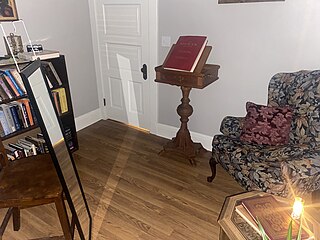
In parapsychology and Spiritualism, a psychomanteum is a small, enclosed area set up with a comfortable chair, dim lighting, and a mirror angled so as not to reflect anything but darkness intended to communicate with spirits of the dead.
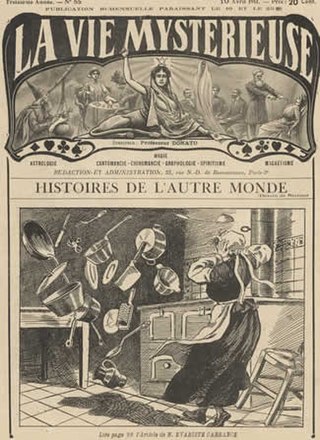
Telekinesis is a purported psychic ability allowing an individual to influence a physical system without physical interaction. Experiments to prove the existence of telekinesis have historically been criticized for lack of proper controls and repeatability. There is no reliable evidence that telekinesis is a real phenomenon, and the topic is generally regarded as pseudoscience.

Douglas Blackburn was an English journalist and novelist, who worked in the Transvaal and Natal between 1892 and 1908. He has been called "the great chronicler of the last days of the Boer republic."
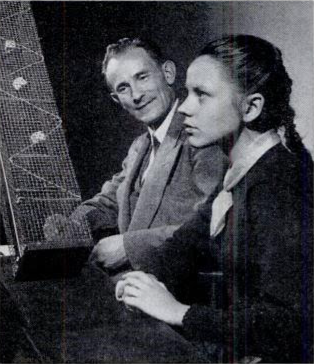
Karlis Osis was a Latvian-born parapsychologist who specialised in exploring deathbed phenomena and life after death.

Joseph Francis Rinn (1868–1952) was an American magician and skeptic of paranormal phenomena.

Charles Edward Mark Hansel was a British psychologist most notable for his criticism of parapsychological studies.

Caroline Watt is a Scottish psychologist and professor of parapsychology. She is the holder of the Koestler Chair of Parapsychology at the University of Edinburgh. She is a past president of the Parapsychological Association. She is an author of several papers and books on parapsychology and runs an online course that helps educate the public about what parapsychology is and to think critically about paranormal claims.
Leonard Zusne (1924–2003) was an American psychologist.
